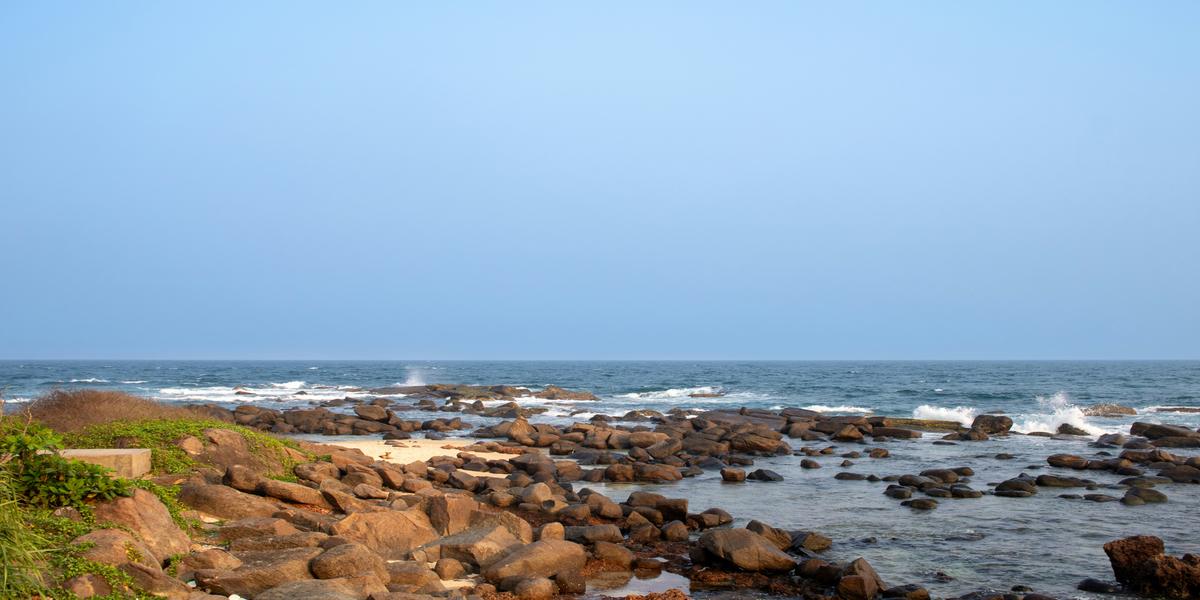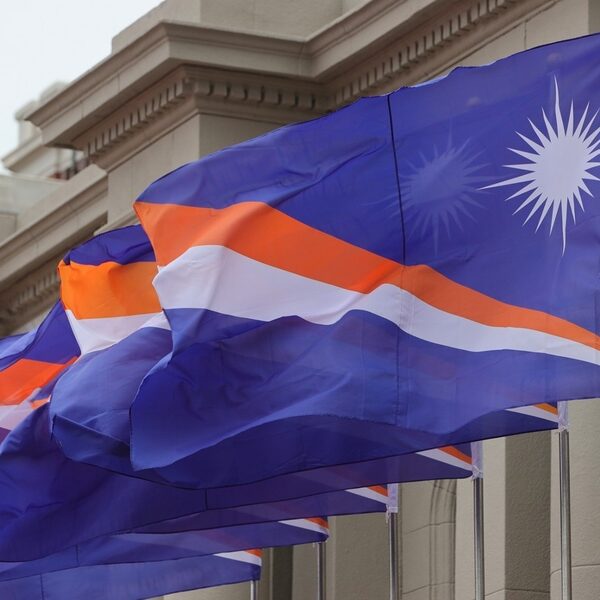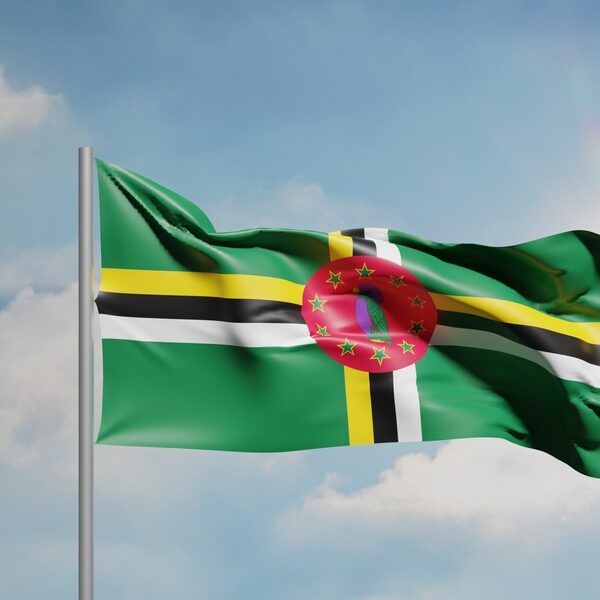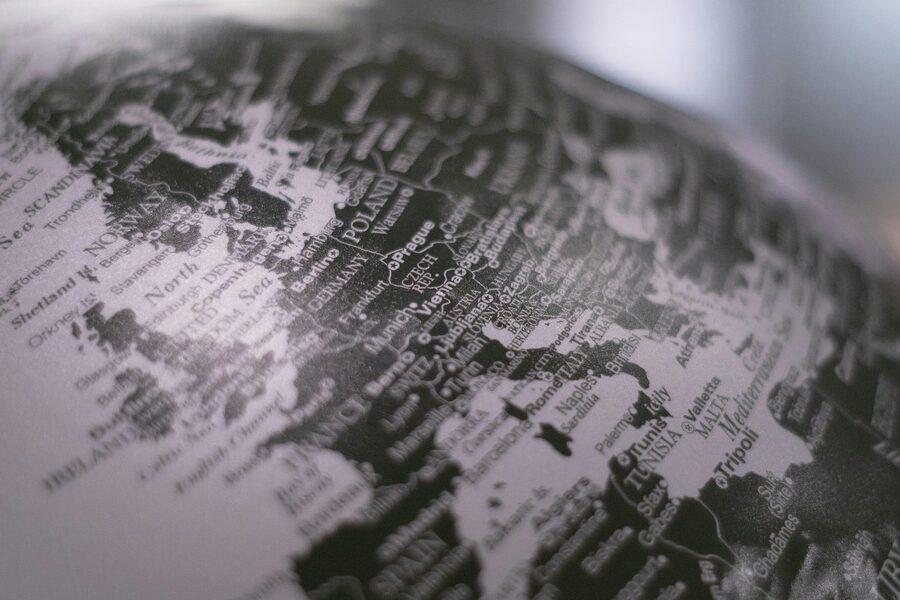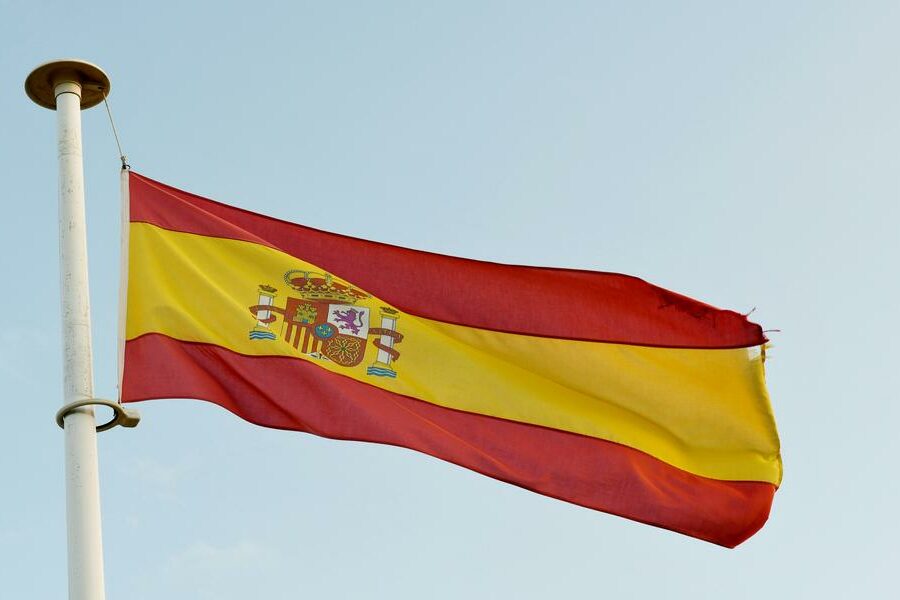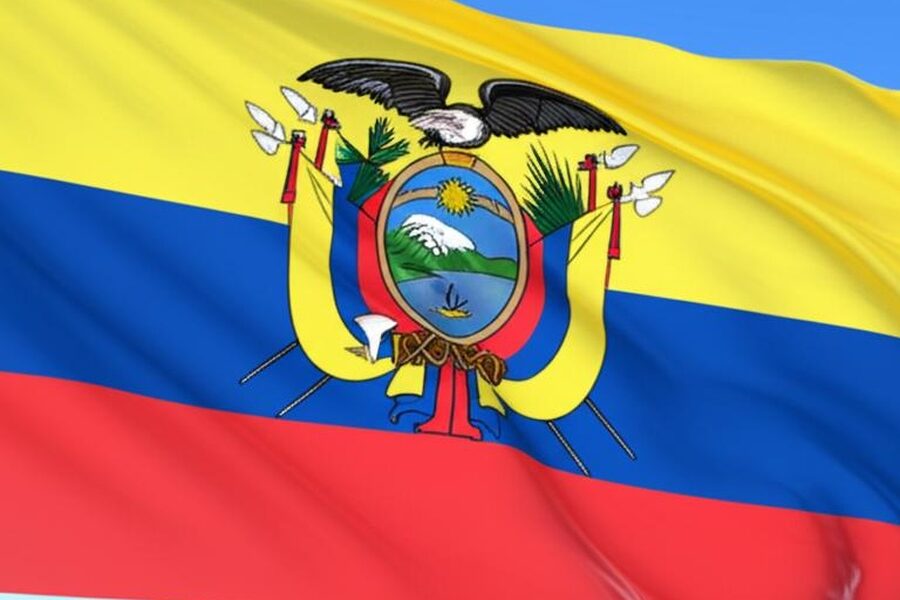The Indian Ocean touches the shores of 33 countries, spanning three continents: Africa, Asia, and Oceania. This ocean is the third largest in the world and plays a crucial role in global trade and marine biodiversity. Many of these countries have coastlines that are vital for their economies, cultures, and strategic positions. From Australia’s vast western coast to Yemen’s location by the Bab-el-Mandeb strait, each nation on this list has a unique connection to the Indian Ocean.
Below is a detailed list of all the countries that border the Indian Ocean, organized to help you easily find key information about each nation.
Flag This column shows the national flag of each country. Flags help quickly identify the country visually.
Continent This tells you the continent where the country is located. It helps group the countries by their geographic regions: Africa, Asia, or Oceania.
Capital City Here, you see the name of the capital city for each country. This provides a point of reference for understanding the country’s political center.
Coastline (km) This number shows the length of the country’s coastline along the Indian Ocean in kilometers. It reflects the size of the country’s coastal border and often relates to its maritime activities.
Which Countries Border the Indian Ocean by Continent?
The Indian Ocean touches 33 countries across three continents. Africa has many coastal countries including South Africa, Kenya, and Madagascar. Asia features populous nations like India, Indonesia, and Saudi Arabia. Oceania’s only representative with an Indian Ocean coastline is Australia. Understanding this distribution helps researchers and travelers grasp the ocean’s wide reach.
What Is the Economic Importance of Countries Bordering the Indian Ocean?
Countries alongside the Indian Ocean have economies closely tied to the sea. Ports like Mumbai in India and Durban in South Africa handle huge volumes of goods. Many countries rely on fishing, shipping routes, and tourism connected to their coastlines. The ocean also holds key energy routes, such as through the Strait of Hormuz near Iran and Oman, which are essential for global oil transport.
What Are Some Unique Coastal Features of Indian Ocean Countries?
Each country’s coast offers something special. Indonesia has the longest coastline, with over 54,000 km of islands and sea routes. Madagascar’s isolation has created unique plants and animals found nowhere else. The Maldives consists of over 1,000 coral islands and faces rising sea levels. Strategic chokepoints like Djibouti’s Bab-el-Mandeb strait control vital access between the Red Sea and the Indian Ocean. Exploring these features provides insight into the ocean’s global importance.
Countries that Border the Indian Ocean
| Country | Flag | Continent | Capital City | Coastline (km) |
|---|---|---|---|---|
| Australia | 🇦🇺 | Oceania | Canberra | 25,760 |
| Bangladesh | 🇧🇩 | Asia | Dhaka | 580 |
| Bahrain | 🇧🇭 | Asia | Manama | 161 |
| Comoros | 🇰🇲 | Africa | Moroni | 340 |
| Djibouti | 🇩🇯 | Africa | Djibouti | 314 |
| Egypt | 🇪🇬 | Africa | Cairo | 2,450 |
| Eritrea | 🇪🇷 | Africa | Asmara | 2,234 |
| India | 🇮🇳 | Asia | New Delhi | 7,516 |
| Indonesia | 🇮🇩 | Asia | Jakarta | 54,716 |
| Iraq | 🇮🇶 | Asia | Baghdad | 58 |
| Iran | 🇮🇷 | Asia | Tehran | 2,440 |
| Kenya | 🇰🇪 | Africa | Nairobi | 536 |
| Kuwait | 🇰🇼 | Asia | Kuwait City | 499 |
| Madagascar | 🇲🇬 | Africa | Antananarivo | 4,828 |
| Malaysia | 🇲🇾 | Asia | Kuala Lumpur | 4,675 |
| Maldives | 🇲🇻 | Asia | Malé | 644 |
| Mauritius | 🇲🇺 | Africa | Port Louis | 177 |
| Mozambique | 🇲🇿 | Africa | Maputo | 2,470 |
| Myanmar | 🇲🇲 | Asia | Naypyidaw | 1,930 |
| Oman | 🇴🇲 | Asia | Muscat | 2,092 |
| Pakistan | 🇵🇰 | Asia | Islamabad | 1,046 |
| Qatar | 🇶🇦 | Asia | Doha | 563 |
| Saudi Arabia | 🇸🇦 | Asia | Riyadh | 2,640 |
| Seychelles | 🇸🇨 | Africa | Victoria | 491 |
| Somalia | 🇸🇴 | Africa | Mogadishu | 3,333 |
| South Africa | 🇿🇦 | Africa | Pretoria | 2,798 |
| Sri Lanka | 🇱🇰 | Asia | Sri Jayawardenepura Kotte | 1,340 |
| Sudan | 🇸🇩 | Africa | Khartoum | 853 |
| Tanzania | 🇹🇿 | Africa | Dodoma | 1,424 |
| Thailand | 🇹🇭 | Asia | Bangkok | 3,219 |
| Timor-Leste | 🇹🇱 | Asia | Dili | 706 |
| United Arab Emirates | 🇦🇪 | Asia | Abu Dhabi | 1,318 |
| Yemen | 🇾🇪 | Asia | Sana’a | 1,906 |
Images and Details
Australia
Australia’s vast western and southern coastlines border the Indian Ocean, a region crucial for its major resource exports, unique marine ecosystems, and strategic defense posture connecting it to Asia and Africa.
Bangladesh
Located on the Bay of Bengal, Bangladesh’s coastline is dominated by the world’s largest river delta, the Ganges-Brahmaputra Delta. This fertile and dynamic coastal zone is central to the nation’s economy and culture.
Bahrain
This island nation in the Persian Gulf has a rich maritime heritage, from pearl diving to modern shipping. Its strategic location and port facilities make it a key financial and commercial hub in the region.
Comoros
This volcanic archipelago, situated in the Mozambique Channel, is known for its fragrant plant life and diverse marine environment. Its culture is a unique blend of African, Arab, and Malagasy influences.
Djibouti
Djibouti’s coastline is strategically located at the Bab-el-Mandeb strait, the southern entrance to the Red Sea. This chokepoint makes it a critical location for global shipping routes and international trade.
Egypt
Egypt’s Red Sea coast is a vital maritime link, connecting the Indian Ocean to the Mediterranean Sea via the Suez Canal. This makes it one of the most important corridors for global trade.
Eritrea
With a long coastline on the Red Sea, Eritrea controls the Dahlak Archipelago, a group of over 120 islands. Its strategic position offers significant potential for port development and maritime trade.
India
India’s massive peninsular coastline dominates the ocean named after it. Its shores have been a cradle of maritime trade for millennia, connecting civilizations and shaping global history and commerce.
Indonesia
As the world’s largest archipelagic state, Indonesia has the longest coastline on the Indian Ocean. It straddles vital sea lanes connecting the Indian and Pacific Oceans, making it a key maritime nation.
Iraq
Iraq has one of the world’s shortest coastlines on the Persian Gulf. This small but critical strip of land at the Shatt al-Arab waterway provides the nation its only direct access to the sea for oil exports.
Iran
Iran’s long southern coastline borders the Persian Gulf and the Gulf of Oman. Its strategic position gives it control over the Strait of Hormuz, a critical chokepoint for global oil shipments.
Kenya
Kenya’s Indian Ocean coastline is famous for its Swahili culture, historic port cities like Mombasa, and beautiful coral reefs. It serves as a vital economic gateway for East and Central Africa.
Kuwait
Located at the northern end of the Persian Gulf, Kuwait’s deep-water harbor has historically been a center for trade and shipbuilding. Today, it is crucial for the country’s massive oil exports.
Madagascar
The world’s fourth-largest island, Madagascar’s long isolation in the Indian Ocean has resulted in unique biodiversity found nowhere else on Earth. Its extensive coastline supports diverse marine life and local communities.
Malaysia
Malaysia is unique for its geography spanning a peninsula and part of Borneo. Its western coast on the Strait of Malacca is one of the world’s busiest and most important shipping lanes.
Maldives
This nation of over 1,000 coral islands is the lowest-lying country in the world. Its existence is defined by the Indian Ocean, which sustains its tourism and fishing industries but also threatens it with sea-level rise.
Mauritius
This volcanic island nation is renowned for its lagoons, reefs, and beaches. Its location in the Indian Ocean has made it a strategic maritime outpost and a melting pot of cultures for centuries.
Mozambique
Mozambique boasts a long and beautiful coastline along the Mozambique Channel. Its natural harbors are vital for regional trade, and its waters are rich in marine resources, supporting fishing and tourism.
Myanmar
Myanmar’s coastline on the Bay of Bengal and Andaman Sea is strategically important. It provides access to major shipping routes and holds significant potential for deep-sea ports and offshore energy resources.
Oman
Oman has a rich maritime history, with a coastline on the Arabian Sea and Gulf of Oman. It strategically overlooks the Strait of Hormuz, a vital artery for a significant portion of the world’s oil supply.
Pakistan
Pakistan’s coastline on the Arabian Sea is home to Karachi, a major port city. The developing deep-water port at Gwadar further enhances its strategic importance for trade routes connecting to Central Asia.
Qatar
A peninsula jutting into the Persian Gulf, Qatar’s maritime access is fundamental to its economy. It is a leading exporter of liquefied natural gas, shipped globally from its coastal facilities.
Saudi Arabia
Saudi Arabia has extensive coastlines on both the Red Sea and the Persian Gulf. This dual access gives it a commanding strategic and economic position in the Middle East’s energy and shipping sectors.
Seychelles
This archipelago of 115 islands is a leader in marine conservation, with large portions of its waters protected. Its economy is heavily reliant on tourism drawn by its pristine beaches and unique ecosystems.
Somalia
Somalia has the longest coastline on mainland Africa, strategically located along the Gulf of Aden and the Indian Ocean. Its position is vital for maritime traffic heading towards the Suez Canal.
South Africa
South Africa is uniquely positioned where the Indian and Atlantic Oceans meet. Its Indian Ocean coast is warmer, supporting major ports like Durban and a rich diversity of marine life.
Sri Lanka
Often called the “Pearl of the Indian Ocean,” this island nation sits at the heart of major shipping lanes. Its strategic location has made its ports, like Colombo, crucial hubs for global maritime trade.
Sudan
Sudan’s Red Sea coast provides the country with its primary access to international waters. Port Sudan is the main gateway for the nation’s trade, connecting it to markets across the Indian Ocean and beyond.
Tanzania
Tanzania’s coast includes the historic Zanzibar archipelago, a former center of the spice trade. Its shores are vital for fishing, tourism, and trade, with Dar es Salaam being a major regional port.
Thailand
Thailand’s western coast on the Andaman Sea gives it direct access to the Indian Ocean. This region is famous for its stunning limestone cliffs, idyllic islands, and thriving tourism industry.
Timor-Leste
As one of the world’s youngest nations, Timor-Leste’s coastline on the Timor and Savu Seas is critical for its economy. It supports subsistence fishing and holds potential for tourism and oil exploration.
United Arab Emirates
The UAE’s extensive coastline on the Persian Gulf has been the engine of its transformation. Major ports like Dubai’s Jebel Ali are among the busiest in the world, cementing its status as a global trade hub.
Yemen
Yemen’s coast stretches along the Arabian Sea and the strategically vital Bab-el-Mandeb strait. This location gives it significant influence over the maritime route connecting the Indian Ocean to the Red Sea.

